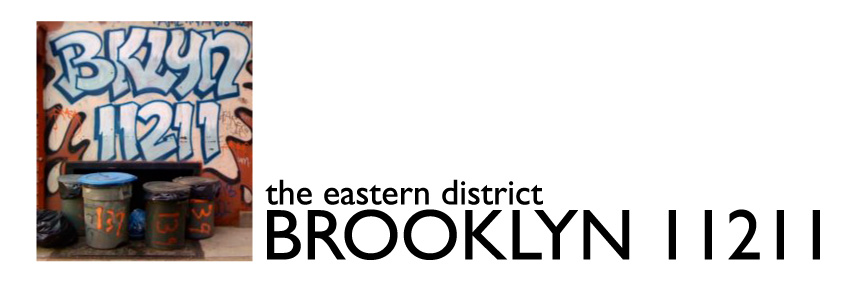Maybe things have changed since Tim Cook took over, but I’m pretty sure Apple still has an NDA the size of the Manhattan phone book (if anyone remembers what that is). Any developer who says that he is in “preliminary talks with Apple” about anything is either a) heavily exaggerating or b) unlikely to hear from Apple ever again.
Besides, the next Apple store is coming to Williamsburg.
(Not that an Apple store in Queens is out of the question. But don’t bet on an iconic Manhattan-style store – Apple has hundreds of smaller stores around the country (including Manhasset and Roosevelt Field Mall), and is always opening new ones.)
